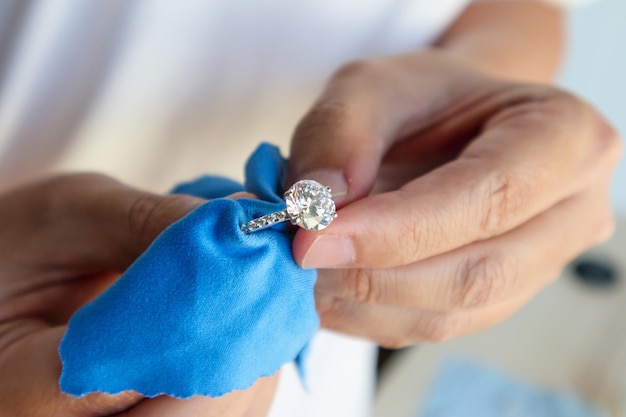Lab diamonds London Manchester have gained popularity in recent years as a more sustainable and ethical alternative to natural diamonds. However, it’s important to consider the drawbacks of these man-made gems before making a purchase decision. In this article, we’ll explore the disadvantages of lab-grown diamonds that you should be aware of.
Limited Size and Color Options
One of the main disadvantages of lab-grown diamonds is the limited range of sizes and colors available. Unlike natural diamonds, which come in a wide variety of sizes and hues, lab-grown diamonds are currently produced within a more restricted range of specifications. This can limit the options available to consumers who are looking for specific characteristics in their diamond jewelry.
Production Costs and Price Volatility
While lab-grown diamonds are often touted as a more affordable alternative to natural diamonds, the production costs associated with creating these gems can fluctuate. This fluctuation can lead to price volatility in the lab-grown diamond market, making it difficult for consumers to determine the true value of these stones. Additionally, the initial investment required for setting up a diamond-growing facility can be substantial, contributing to the overall costs of lab-grown diamonds.
Ethical and Environmental Concerns
While lab diamonds are generally considered to be more ethical and environmentally friendly than their natural counterparts, there are still concerns surrounding the energy consumption and waste production associated with diamond synthesis. The production of lab-grown diamonds requires significant amounts of energy, and the disposal of used diamond-growing equipment and byproducts can have environmental implications. Furthermore, questions about the labor conditions in facilities where these gems are produced have also been raised.

Perception and Resale Value
Another disadvantage of lab-grown diamonds is the perception and resale value associated with these stones. While attitudes towards lab-grown diamonds are evolving, some consumers still perceive them as less valuable or desirable than natural diamonds. This perception can impact the resale value of lab-grown diamond jewelry, as it may be more challenging to find buyers willing to pay a premium for these man-made gems, particularly as technology continues to improve and production costs decrease.
Lack of Rarity and Sentimental Value
Natural diamonds are cherished for their rarity and the emotional significance attached to them, often being passed down through generations. Lab-grown diamonds, on the other hand, lack this inherent rarity and may not hold the same sentimental value for some consumers. While they can be just as beautiful and durable as natural diamonds, the absence of a unique geological history and origin story may detract from their appeal to certain buyers.
Conclusion
It’s clear that while lab-grown diamonds offer numerous advantages, they also come with their own set of drawbacks. As with any significant purchase, it’s essential to weigh the pros and cons of lab-grown diamonds carefully before making a decision. By considering factors such as limited size and color options, production costs, ethical and environmental concerns, perception, resale value, and sentimental value, consumers can make informed choices that align with their preferences and values.

